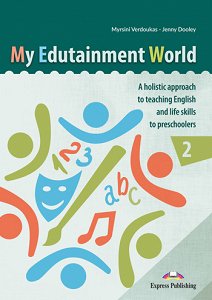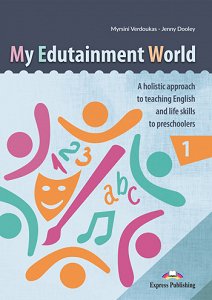In English Language Teaching (ELT), the classroom environment plays a crucial role in student engagement, participation, and language acquisition. One of the key aspects of this environment is the seating arrangement. The way students are positioned can significantly impact their communication, collaboration, and overall learning experience. This article explores various seating arrangements in ELT classrooms, their benefits, and how teachers can adapt them to suit different learning objectives.
Types of Classroom Seating Arrangements
Traditional Rows: Structured Learning Environment
Description: Desks are arranged in straight rows facing the teacher.
Best For: Teacher-centered instruction, grammar drills, standardized assessments.
Advantages: Encourages focus, minimizes distractions, and is suitable for large classes.
Challenges: Limits student interaction, reduces opportunities for speaking practice.
U-Shaped Seating: Interactive and Engaging
Description: Desks are arranged in a U-shape, allowing all students to see each other and the teacher.
Best For: Discussions, debates, pronunciation practice, and presentations.
Advantages: Facilitates interaction, encourages eye contact, and makes it easier for teachers to monitor students.
Challenges: Requires more space and may not be suitable for larger classes.
Cluster or Group Seating: Collaborative Learning
Description: Students sit in small groups of 3-6 desks facing each other.
Best For: Communicative activities, pair and group work, task-based learning.
Advantages: Encourages peer interaction, supports cooperative learning, and fosters engagement.
Challenges: Can lead to noise and off-task behavior if not properly managed.
Circle or Seminar Seating: Discussion-Based Learning
Description: Desks or chairs are arranged in a circle, with no fixed ‘front’ of the classroom.
Best For: Socratic seminars, reading discussions, speaking practice.
Advantages: Promotes equality in discussion, encourages active participation, and reduces teacher dominance.
Challenges: Requires students to be self-motivated and confident in speaking.
Flexible Seating: Student-Centered Learning
Description: Students choose from various seating options such as couches, standing desks, or floor seating.
Best For: Personalized learning, differentiated instruction, informal settings.
Advantages: Increases comfort, supports diverse learning styles, and boosts motivation.
Challenges: Requires clear guidelines to maintain classroom order.
Factors to Consider When Choosing a Classroom Seating Arrangement
- Lesson Objectives: Are students working on speaking skills, listening tasks, or writing activities?
- Class Size: Can the seating be adjusted for large or small groups?
- Student Needs: Are there learners who require special accommodations?
- Classroom Space: Does the room allow for movement and flexibility?
- Technology Integration – Can students easily see screens, projectors, or whiteboards?
- Flexibility – Can the setup be easily changed for different lessons?
Conclusion
Seating arrangements in ELT classrooms are more than just physical layouts; they influence student interaction, engagement, and learning outcomes. By thoughtfully selecting and adjusting seating configurations, teachers can create dynamic and effective learning environments that support language development and communication skills.
Follow us on social media for even more teaching and management tips!
.png)











